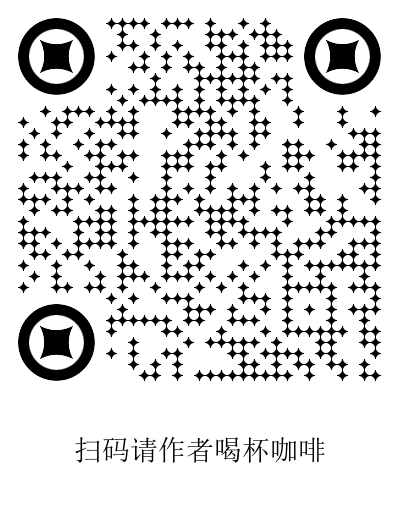The original article was published on Cryptography Mailing List written by Satoshi Nakamoto in 2008.
I’ve been working on a new electronic cash system that’s fully peer-to-peer, with no trusted third party.
The paper is available at:
http://www.bitcoin.org/bitcoin.pdf
The main properties:
Double-spending is prevented with a peer-to-peer network.
No mint or other trusted parties.
Participants can be anonymous.
New coins are made from Hashcash style proof-of-work.
The proof-of-work for new coin generation also powers the network to prevent double-spending.
Bitcoin: A Peer-to-Peer Electronic Cash System
Abstract.
A purely peer-to-peer version of electronic cash would allow online payments to be sent directly from one party to another without the burdens of going through a financial institution.
Digital signatures provide part of the solution, but the main benefits are lost if a trusted party is still required to prevent double-spending.
We propose a solution to the double-spending problem using a peer-to-peer network.
The network timestamps transactions by hashing them into an ongoing chain of hash-based proof-of-work, forming a record that cannot be changed without redoing the proof-of-work.
The longest chain not only serves as proof of the sequence of events witnessed, but proof that it came from the largest pool of CPU power.
As long as honest nodes control the most CPU power on the network, they can generate the longest chain and outpace any attackers.
The network itself requires minimal structure.
Messages are broadcasted on a best effort basis, and nodes can leave and rejoin the network at will, accepting the longest proof-of-work chain as proof of what happened while they were gone.
Full paper at:
http://www.bitcoin.org/bitcoin.pdf
Satoshi Nakamoto
